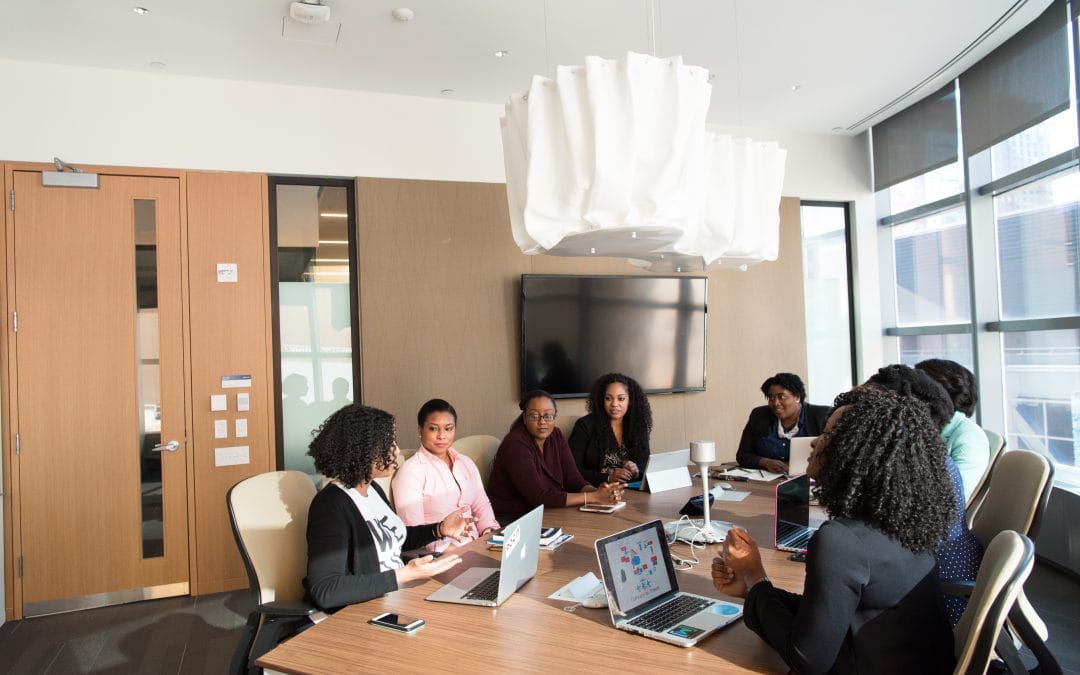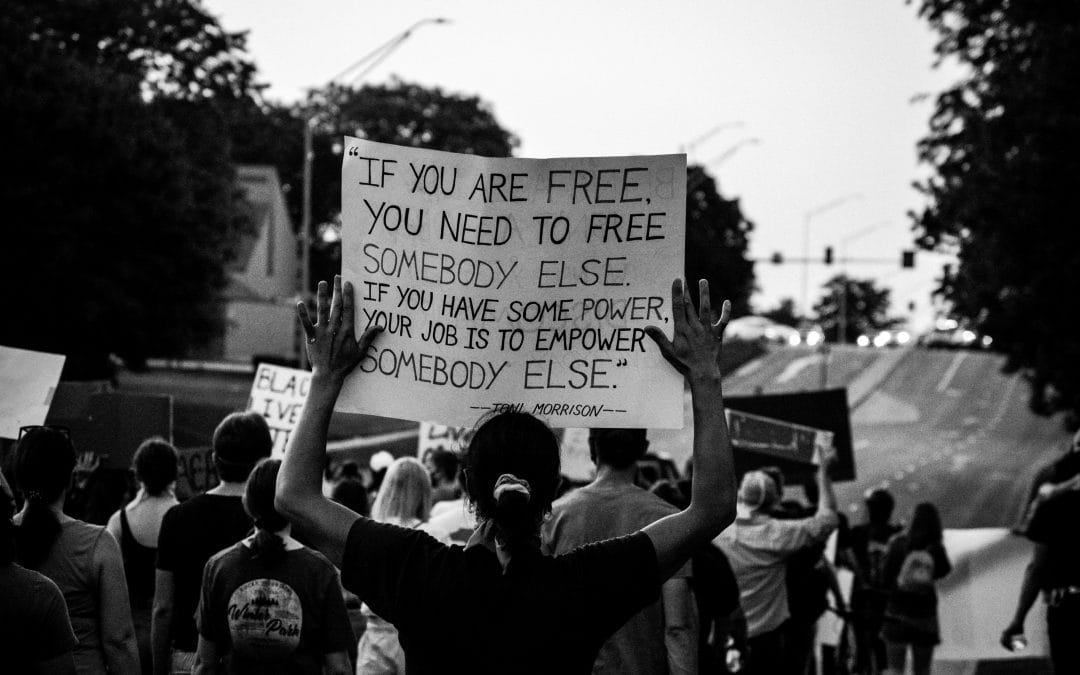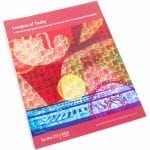Feedback In Organizations Reveals Mental Blindspots
In this blog, we explore how the tool of feedback is an important vehicle to dismantle dominant cultural and racist practices. Don’t forget to download our FREE Antiracist Pivot activity to help you facilitate constructive feedback and conversations so you can be the change!
Feedback is designed to reveal mental blindspots, which likely will make one feel imperfect, embarrassed, and hurt. So the question becomes – how do you react when you feel these icky sticky feelings?
Can you sit in that discomfort?
Can you feel your own sensations –
- Your beating heart – fast or slow?
- Your tongue in your mouth – dry perhaps?
- Your mind – racing or still?
- Your thoughts – thinking about yourself, the other person, or the issue?
By the way, if these questions feel weird it’s because dominant culture and white supremacy thrive on keeping us out of our bodies. Staying in touch with one’s inner state as you go through the motions of your job is an antiracist pivot.
So back to the process of receiving feedback in your organization… most of us don’t practice stepping into discomfort, so we are not ready to receive feedback, or take in any information that questions our world view.

Being Open to Feedback Allows us to See Racism
Everyday racism is perpetuated through a veil of ignorance. Those in charge often can’t see what’s not working, and need the input of people of color and folks not in management to participate in naming challenges and designing antiracist pivots. We can work together to name it, then tame it!
But if you are in an organization that struggles with open conflict, how do you name what’s not working?
We use a survey to teach 14 dominant practice traits (developed by Kenneth Jones and Tema Okun), like Sense of Urgency, and invite examples. Across 25 organizational surveys conducted from 2020-2021, Fear of Open Conflict is one of the top ranked dominant culture practices organizations face, with Sense of Urgency also in the top five. The Antiracist pivot to a fear of open conflict begins by visibilizing conflicts and unmet needs in the organization.
Why is practicing feedback
in organizations
an Antiracist practice?
So what can happen when a team of staff sees these results and reads examples?
- They freak out!
- They get mad!
- They attack the process by asking – who took this survey, I need more examples! Why didn’t they come directly to me!
- They get defensive
- They jump to next steps without understanding the root causes.
The antiracist pivot to all of these behaviors is to sit with the discomfort. Keep your body and sensations online while you structure your thoughts.
Should Feedback be Anonymous?
One sign of a team struggling with feedback is they freak out about anonymity of feedback. Ultimately, the antiracist goal is to have an organizational culture where people give feedback freely, without the need for an anonymous survey tool to bring this information forward. But until we get there, we need tools to facilitate the feedback process. As consultants we do our best to inform folks that the examples they provide on a survey are ultimately information for their own team members, not us! But we often see a level of vulnerability and truth-telling in a survey that the same person would not say directly to their teammates or leadership.
If you are worried that the feedback you received in your data is not as anonymous as it could have been, then this is a great moment to take some steps to reduce the fear of open conflict. The most popular reason people want their feedback to be anonymous is because they are afraid of retribution or punishment for having shared an unpopular thought. So what’s the antiracist pivot here? Instead of punishing the truth tellers, thank them! Here are some things you can say:
- Wow, some of that feedback was hard to hear, and I am so thankful to know it. I would rather visibilize all these dynamics than to sweep them under the rug.
- Oof… I will need some time to process this – which I will! In the meantime, thank you for the emotional labor you spent in describing these dynamics in a clear and honest way. I don’t imagine that was easy for you. I appreciate your courage.
- We have made some amazing strides in sharing with one another some opportunities for growth. This kind of open vulnerability will ultimately help us to be a stronger team. I will ask those in leadership to take all of this information in, as it will be our responsibility to understand, empathize, internalize and strategize first. We don’t want to activate “right to comfort” by asking those with less positional power to do more labor than us.

I’ve Just Received some Feedback Revealing Dominant Culture in my Organization… What the Heck Should I D0?
Take some time to move slowly here. Don’t rush into “action steps” – the best action is to step back and watch how things in your organization function with the awareness of your dominant culture examples. Practice naming dominant culture as and when you see it. Encourage others to do so as well. You will find that someone will call something paternalistic that someone else will characterize as power hoarding – the technical definitions don’t really matter so don’t nitpick. You will find that those with less positional power will enjoy calling out those with more power, even though we all probably have mental blindspots. For those in leadership, you will find yourselves feeling prickly and irritated, because you will be inviting and empowering folks to hold a spotlight on your behaviors, it will be exhausting until you get practice and build up your stamina.
This is the work. We call it work because it’s hard. Stay in your body… You got this!










